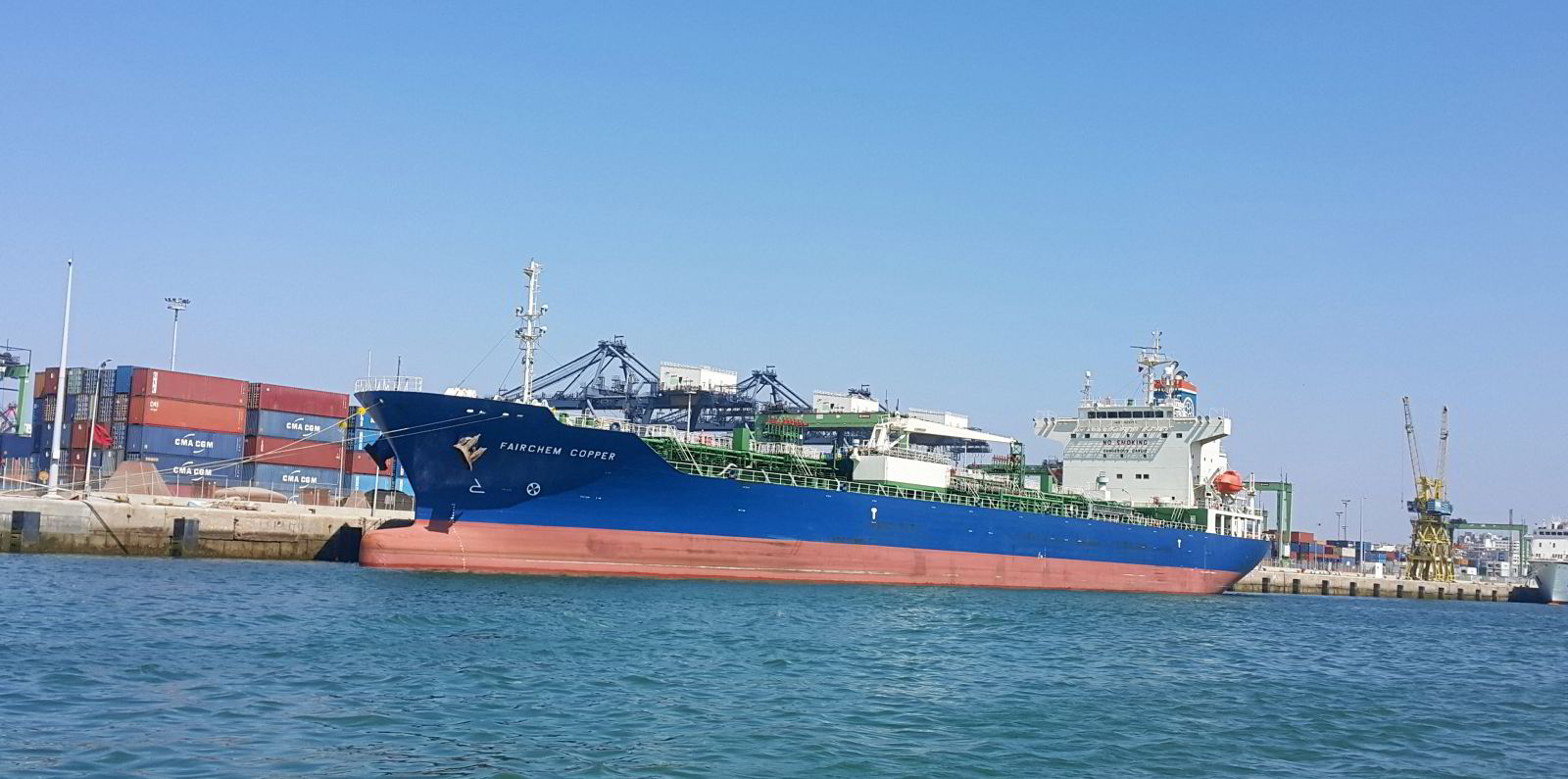Chemical tanker owners have been enjoying a sunshine market with strong demand, buoyant rates and higher tonne-miles. But high fleet growth and low scrapping could see the good times go into reverse if the geopolitical pendulum swings.
Chemical tanker spot freight rates, one-year time-charter rates and asset prices hit new highs in the third quarter and have continued strongly into the fourth. The dramatic spike in earnings has owners scouring the secondhand market for assets to play — some buyers are even considering slightly older tonnage than they would usually be interested in, driving up values across the age spectrum.
These numbers are impressive and much welcomed by beleaguered owners, but it should be stressed that the rally in the chemical shipping market is being driven by a decrease in vessel supply rather than an increase in demand.
In fact, the chemical trade has buckled under various pressures on the global economy and is expected to fall almost 3% year on year in terms of tonnes in 2022 and almost 4% in terms of ship demand in dwt (after adjusting for tonne-miles and fleet efficiencies).
Overall, trade is being pulled down by declines in the organic and edible oil sectors, which are expected to fall 3% and 8%, respectively. This is significant as these latter two sectors make up almost 80% of all products moved on chemical tankers.
Although organic chemical trade is forecast to slip by only less than 3%, this confounds the expectation that traded volumes would continue to recover in 2022. The zero-Covid policy in China has had a detrimental effect on downstream demand, while extremely high oil prices have squeezed producers’ margins, leading to a few chemical plants either temporarily shutting or operating at reduced levels.
Edible oil trade has been hammered by the war in Ukraine, which has limited production and exports of sunflower oil, while the impact of erratic weather conditions and some protectionism in other edible oil-producing countries has further restrained trade.
To offset this decline, trade in inorganic products is expected to grow in 2022, as demand for sulphuric acid and caustic soda have really picked up despite the high price environment. This grouping could see an increase in volumes of 8% this year.
MR-size exodus
With trade under pressure, the driving force for the market tightness is the exodus of MR-sized chemical/product tankers that have been drawn into more lucrative petroleum products trades. This sector saw the biggest initial impact from the war in Ukraine.
Sanctions on Russian crude oil and products have meant demand for oil products from the Middle East and the US has increased tonne-miles and demand for product tankers.
Also demand for alternative sources of edible oil due to Ukraine being unable to ship sunflower oil has pulled product from Asia into Europe. High energy prices have also opened arbitrage opportunities, especially for chemicals into Europe where production has become very expensive, which has meant a focus on longer trade routes.

While “swing” tonnage has vanished, additions to the “pure” chemical tanker fleet continue apace. Maritime Strategies International estimates that 2.1m dwt of new chemical tankers will be delivered in 2022. This is the largest annual growth of the fleet since 2016 and is due to the surge in contracting in mid-2020 and early 2021.
Meanwhile, scrap prices have fallen in the third quarter compared to the prior quarter, and it is therefore likely that shipowners will delay scrapping older vessels, if possible, to take advantage of higher earnings potential.
With the chemical tanker fleet continuing to grow, it is worth noting that the supply-and-demand balance is very delicate. If any one of the external factors that has helped tighten tonnage is taken out of the equation, this could lead to a return of vessels to chemical trading against a backdrop of limited demand growth. This is likely to tip the balance out of an owner’s favour, leading earnings to fall, potentially as sharply as they firmed.
Bonita Nightingale is senior chemical market
analyst at Maritime Strategies International (MSI)
Do you have an opinion to share?
Email: news@tradewindsnews.com






